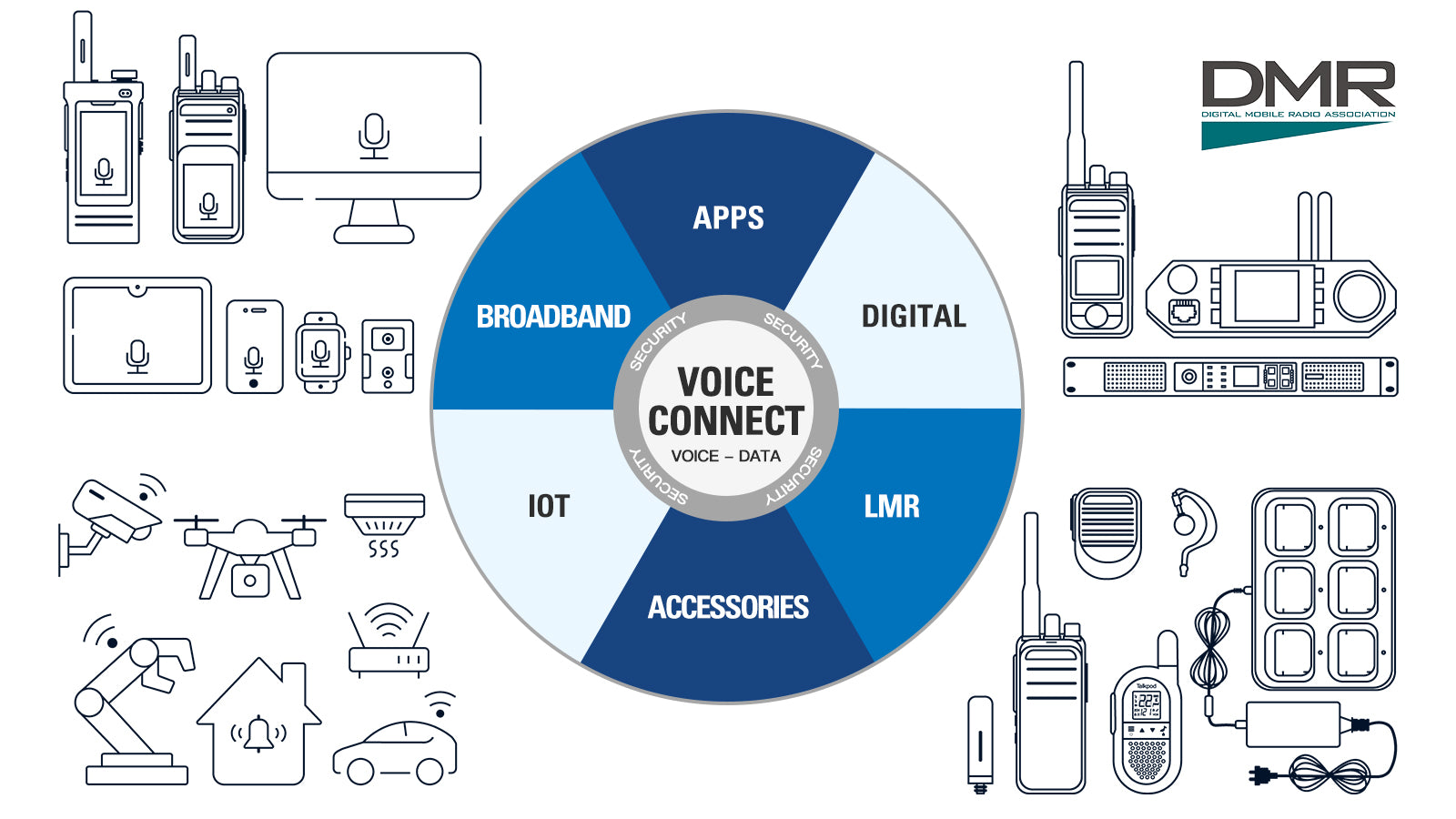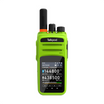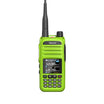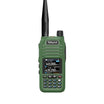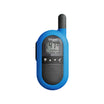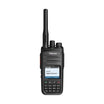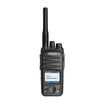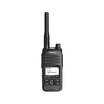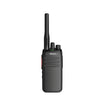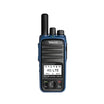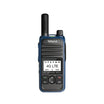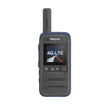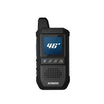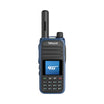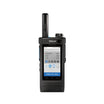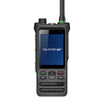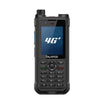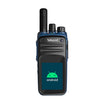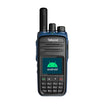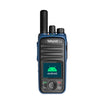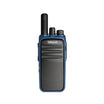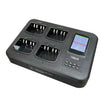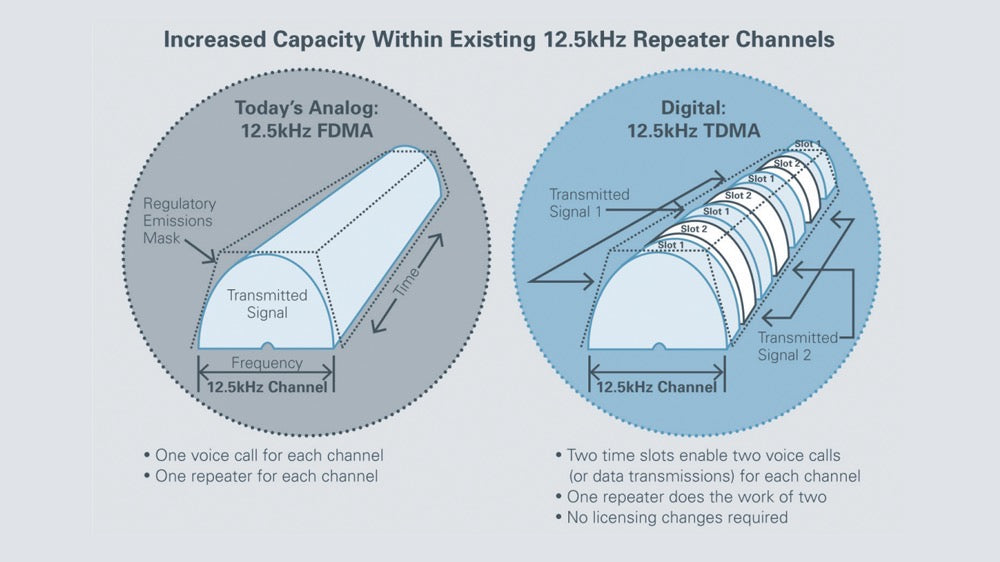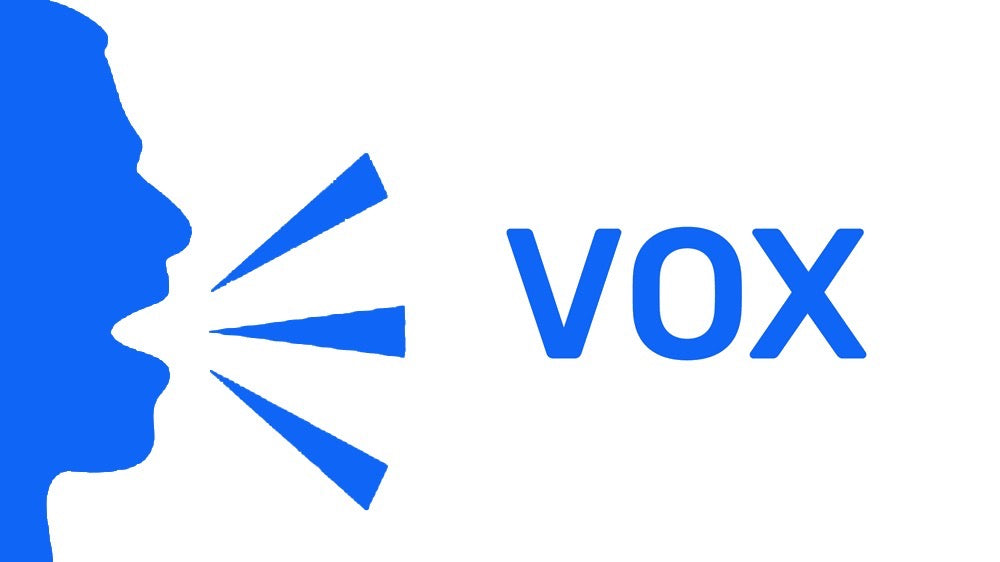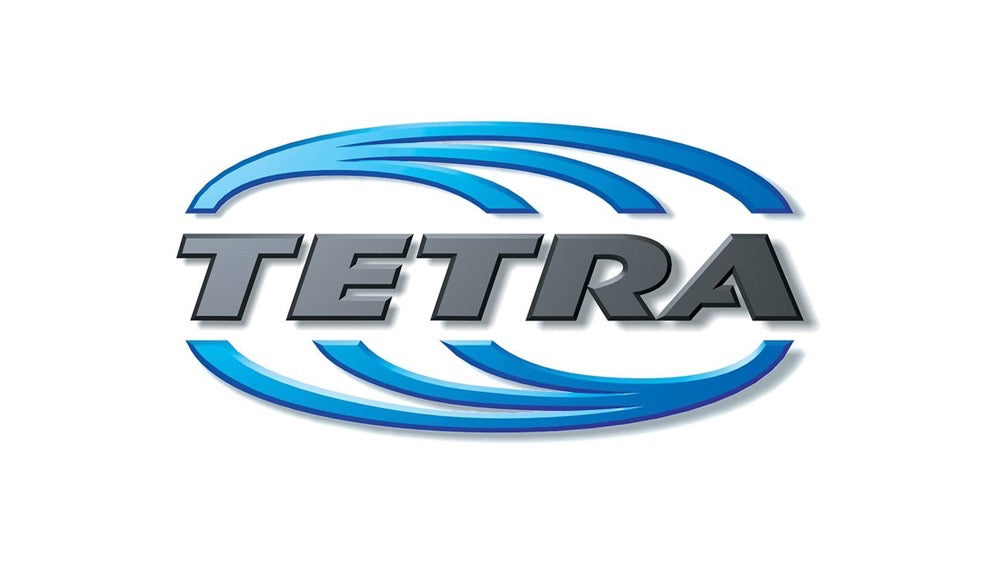Unleashing the Power of Time Division
Time Division Multiple Access (TDMA) stands as a pivotal channel access method, revolutionizing how shared-medium networks operate. By ingeniously dividing the signal into distinct time slots, TDMA allows multiple users to coexist on the same frequency channel without interference, showcasing a leap in communication efficiency.
The Mechanism of Synchronized Sharing
TDMA's essence lies in its structured allocation of time slots. Users take turns transmitting their signals in a rapid, sequential manner, each within their designated time slot. This systematic approach ensures that the shared channel is utilized to its maximum potential, eliminating the chaos of signal overlap.
The Dance of Digital Pulses
Envision a dance floor, where each dancer represents a user in the TDMA system. Just as dancers take turns to perform their routines without clashing, TDMA coordinates the users' transmission, allowing them to "dance" seamlessly on the same "floor," or frequency channel.
Bridging Gaps in Communication
The real-world application of TDMA extends across various domains, from cellular networks to satellite communications, ensuring that each user's message is transmitted clearly and without delay. Its methodical structure makes it a backbone of modern digital communication systems.
Conclusion: The Symphony of Synchronized Communication
TDMA is not just a technical concept but a symphony of synchronized communication, ensuring harmony on the shared network stage. It exemplifies how strategic timing can lead to an efficient and effective use of communication resources, making it a cornerstone of contemporary digital communication strategies.


